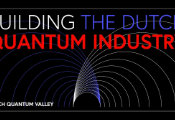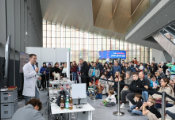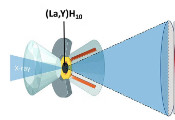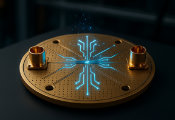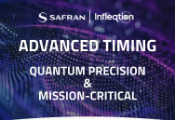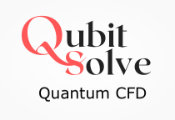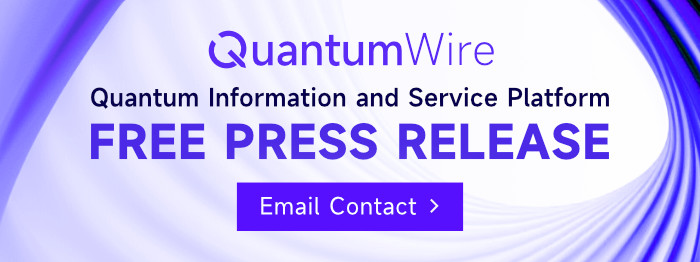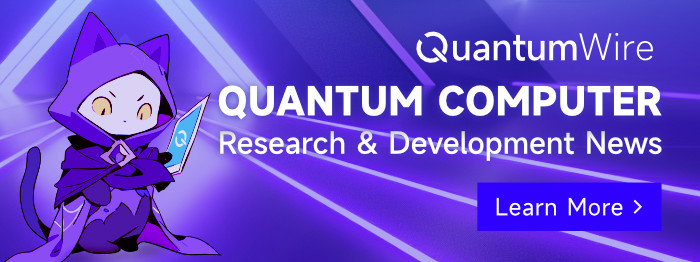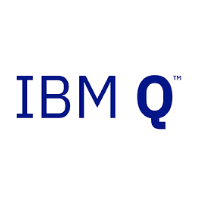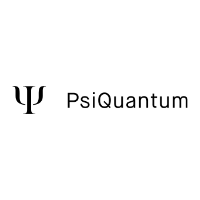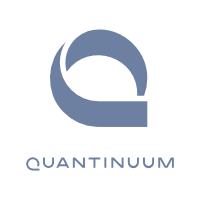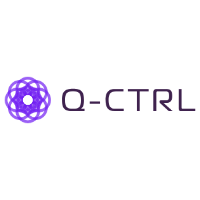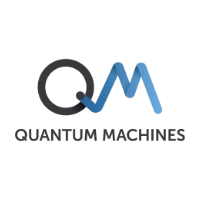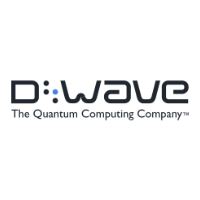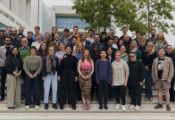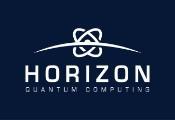Alliander & QAL Explore Quantum Applications for the Energy Grid
May 27 2025 -- Dutch energy distribution system operator Alliander is facing a major challenge: in the next decade, it must expand its grid capacity by as much as it has over the past century.
This rapid growth brings new complexities. Technologies such as solar panels and electric vehicles are reshaping how energy flows through the network—making it more dynamic, but also more difficult to manage. Running large-scale simulations on these evolving grids may soon exceed the capabilities of classical computing. One such challenge is the N-1 problem, which involves testing whether the grid can still function reliably if one component—such as a cable or transformer—fails.
To address this, Alliander joined forces with the Quantum Application Lab (QAL), a consortium including TNO, to investigate how quantum computing could provide new solutions. The collaboration aims to explore how quantum algorithms could help assess and improve the resilience of energy grids more efficiently and at scale.
How Did This Collaboration Come to Be?
Alliander had long been interested in the potential of quantum computing. When the Quantum Application Lab launched—with a focus on real-world use cases—it caught their attention.
What Has the Collaboration Achieved So Far?
Together, the teams have developed a suite of quantum algorithms targeting the N-1 problem. While this isn't the most computationally intensive challenge Alliander faces, it is a relatable one.
The collaboration has already tested early-stage algorithms on real quantum hardware, yielding valuable insights. Simultaneously, the teams have refined and optimized the underlying code—benefiting from TNO’s advanced optimization pipeline. This joint work has laid a solid foundation for scaling toward more complex simulations and practical applications.

